Samsung's about to shake up the foldable world with something we haven't seen before: an Exynos chip powering their flagship flip phone. The Galaxy Z Flip 7 marks Samsung's first flagship foldable to ship without a Snapdragon processor, instead featuring the brand-new Exynos 2500. But here's the million-dollar question: does this 3nm powerhouse deliver flagship performance, or are we looking at a beautiful compromise that'll leave you wanting more?
Early benchmark results are painting an interesting picture. The Exynos 2500 is about 18% slower than the Snapdragon 8 Elite found in the Galaxy S25, yet it easily clears Google's Tensor G4 by a comfortable 64% margin in multi-core performance. Samsung's betting big on this chip — and here's why that matters for foldables specifically. The 3nm GAA process enables tighter thermal management and better power efficiency, crucial advantages when you're cramming flagship performance into a device that literally folds in half. The promised 39% better on-device AI performance could finally make Galaxy AI features feel responsive instead of sluggish. Let's dive into what these numbers actually mean for your daily flip phone experience.
What the benchmarks actually tell us
The Exynos 2500 is putting up solid numbers, but context is everything. In Geekbench 6, the chip scored 2,358 single-core and 8,211 multi-core — that's 15% and 26% better than the Exynos 2400. Not bad for a generational leap, but when you stack it against the competition, things get interesting.
Compared to the Snapdragon 8 Elite, the Exynos 2500 falls 26% behind in single-core and 19% behind in multi-core performance. That sounds rough until you realize we're talking about matching 2024's flagship performance levels. The Exynos 2500 has essentially caught up to the Snapdragon 8 Gen 3 — and for a foldable where thermal constraints and battery life matter more than benchmark bragging rights, that's actually strategic positioning.
Here's where it gets compelling: the AnTuTu numbers tell a more encouraging story, with the Exynos 2500 scoring 2,519,784 — a solid 21% ahead of the Snapdragon 8 Gen 3. This suggests the chip excels at mixed workloads, which is exactly what you encounter in real-world usage. When you're multitasking on the cover screen, running split-screen apps, or switching between camera modes, that balanced performance profile becomes more valuable than pure single-core speed.
The 10-core configuration plays into this strength. With one Cortex-X925 at 3.3GHz, two Cortex-A725 at 2.74GHz, five Cortex-A725 at 2.36GHz, and two Cortex-A520 at 1.8GHz, you're getting more threads to handle the complex multitasking scenarios that foldables enable. Think of it as having more lanes on a highway — even if the speed limit isn't the highest, traffic flows more smoothly.
Gaming performance: surprisingly competitive
Here's where things get genuinely impressive. The Exynos 2500 features Samsung's Xclipse 950 GPU based on AMD's RDNA 3 architecture, and it's punching above its weight class. In ray-tracing tests, it actually outperforms Apple's A18 Pro by 17% and offers an 11% improvement over the Z Flip 6. That's not just incremental progress — that's a meaningful leap forward for mobile gaming.
The 3DMark results reveal something fascinating: while the Snapdragon-powered Galaxy S25 still leads by 43% in standard rasterization, the Exynos 2500 matches Apple's A18 Pro in Wild Life Extreme. For context, that puts this chip in the same gaming performance tier as devices that cost significantly more and don't need to worry about the thermal challenges of a foldable form factor.
What's particularly encouraging is the 28% faster frame rate for ray-tracing games compared to the previous generation. We're not just talking about synthetic benchmarks here — this translates to noticeably smoother gameplay in titles like Genshin Impact and Call of Duty Mobile when they enable ray-traced effects. For a flip phone that many people assumed would compromise on gaming, these numbers suggest you can actually push demanding titles without significant compromises.
PRO TIP: The hardware-accelerated ray tracing support means future mobile games will look significantly better on the Z Flip 7 than previous generations, especially as more developers adopt these visual features.
The 3nm advantage: efficiency over raw power
Samsung's betting on efficiency with this chip, and the math makes sense for foldables. Built on their 3nm GAA process, the Exynos 2500 should deliver better performance per watt than its predecessor — crucial when you're working with the limited battery capacity and thermal headroom of a flip phone.
The chip supports LPDDR5X RAM and UFS 4.0 storage, ensuring snappy app launches and smooth multitasking. More importantly, this creates a balanced system where the memory and storage subsystems can compensate for the CPU's positioning relative to the absolute fastest chips. When you're launching apps from the cover screen or switching between camera modes, that storage speed matters more than raw CPU power.
The thermal characteristics are particularly important here. In my experience testing foldables, sustained performance often matters more than peak performance. The smaller transistor size should help the chip maintain consistent speeds during extended gaming sessions or video recording, rather than throttling aggressively like previous generations. Early reports suggest the Z Flip 7 is "energy efficient", and with a larger 4,300mAh battery, this could finally be the flip phone that comfortably lasts into a second day. That's a bigger win than benchmark bragging rights, honestly.
AI and camera capabilities: where it really shines
The Exynos 2500's NPU is genuinely impressive, delivering 59 TOPS of AI performance — that's 39% faster than the Exynos 2400. For context, Samsung claims this is the highest AI performance in any smartphone chip as of now, and that computational muscle directly translates to better camera experiences and smarter Galaxy AI features.
This AI horsepower enables real-time computational photography improvements that matter in daily use. The chip can handle up to 320MP sensors and offers zero shutter lag for 108MP single cameras or 64MP+32MP dual setups. More importantly, it supports 8K 30fps video recording and 4K 120fps — capabilities that benefit from AI-powered stabilization and noise reduction.
The ISP improvements should mean better low-light performance and faster processing, especially for the challenging scenarios where you're shooting with one hand while the phone is partially folded. The AI can help with everything from scene detection to automatic HDR processing, making the camera more intuitive to use in the unique shooting situations that foldables enable.
Beyond photography, the enhanced NPU powers Galaxy AI features like real-time translation, text summarization, and voice-to-text transcription. With the improved processing power, these features should feel more responsive and accurate — potentially making the difference between occasionally useful and genuinely helpful AI assistance.
Worth the compromise?
Look, the Exynos 2500 isn't going to beat a Snapdragon 8 Elite in benchmark wars. But here's the thing: for a foldable flip phone, that might not matter. What matters is smooth daily performance, good battery life, and features that actually enhance your experience — and the early signs suggest Samsung has nailed this balance.
The chip delivers performance that matches 2024's flagship devices, which is still plenty fast for everything from social media to mobile gaming. The AI improvements should make Galaxy AI features more responsive, and the camera capabilities are genuinely impressive. Most importantly, the efficiency gains from the 3nm process combined with the larger 4,300mAh battery could finally solve the flip phone's biggest weakness: making it through a full day without anxiety.
If Samsung can deliver on the efficiency promises and the thermal management proves effective under sustained loads, the Exynos 2500 might be exactly what the Z Flip 7 needs. Sometimes being "strategically positioned" while excelling in the areas that matter most to your specific use case is better than chasing benchmark supremacy that doesn't translate to better daily experiences. We'll find out soon enough if Samsung's calculated gamble pays off, but the early indicators suggest this could be the chip that finally makes foldables feel like true flagship devices rather than beautiful compromises.






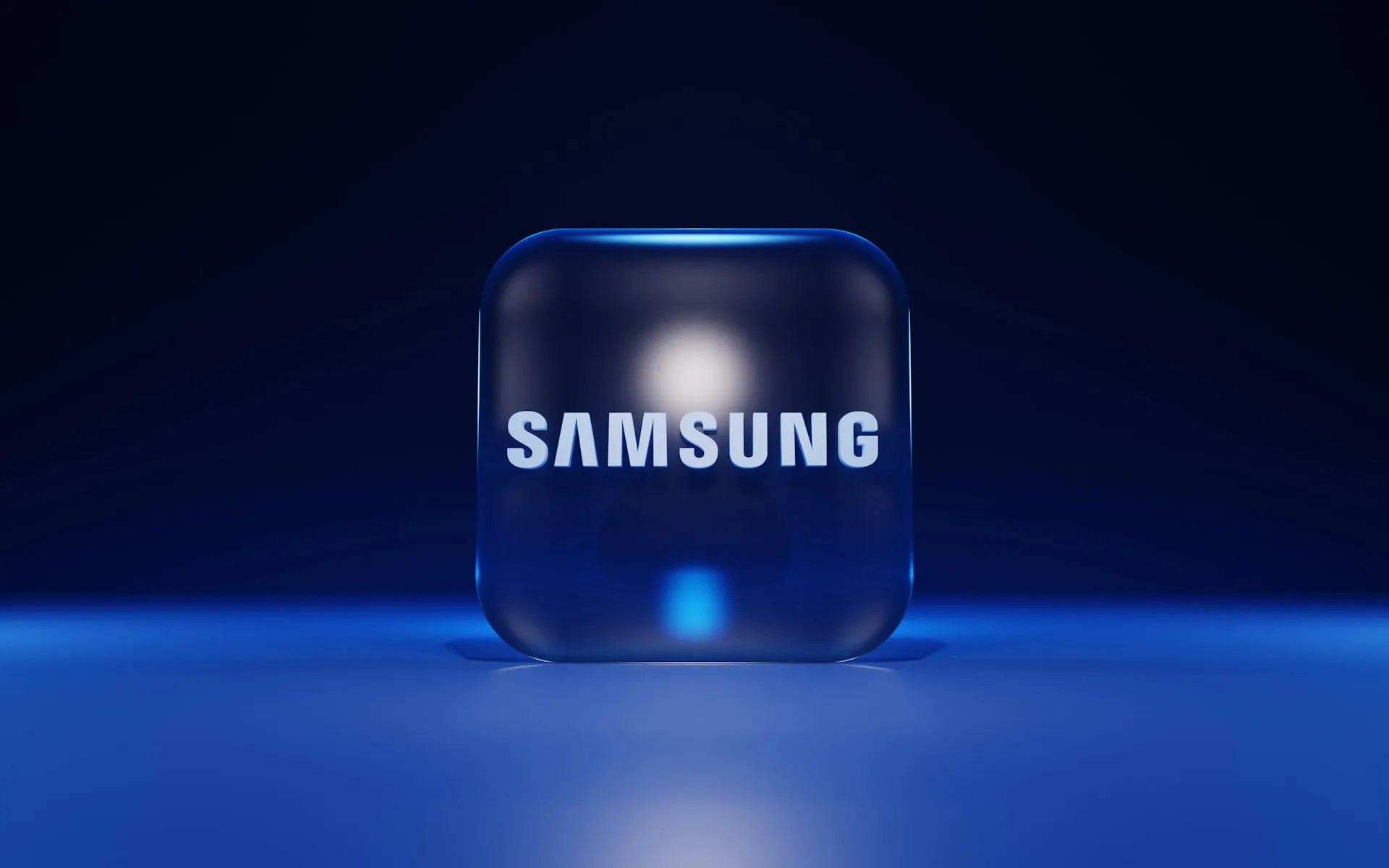


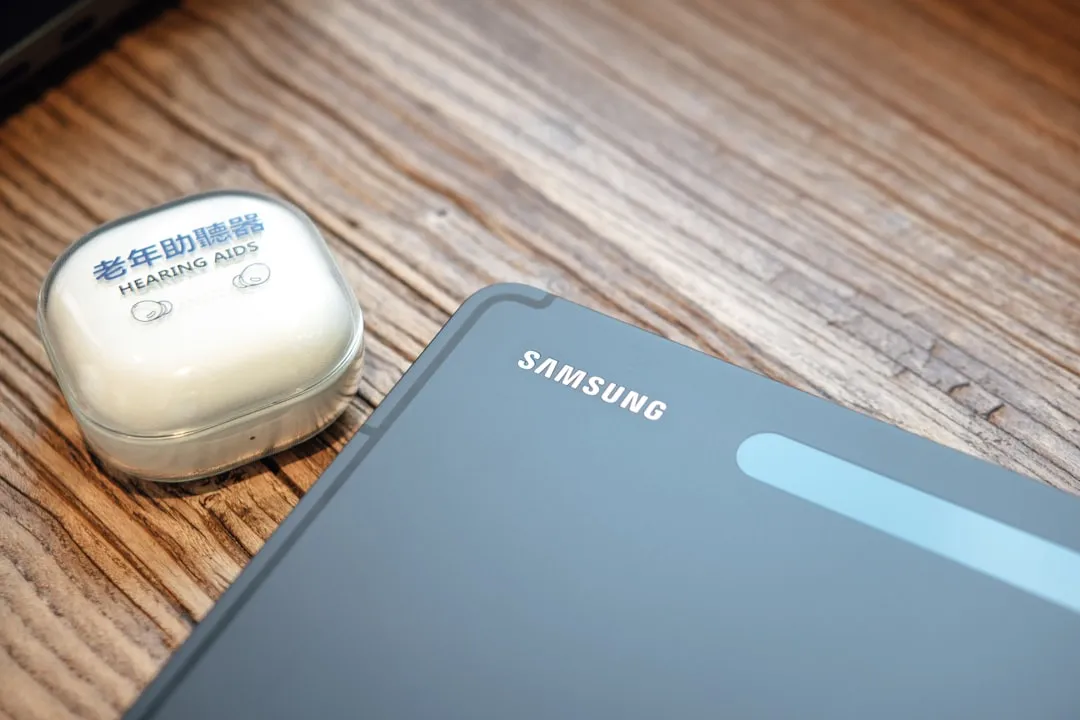
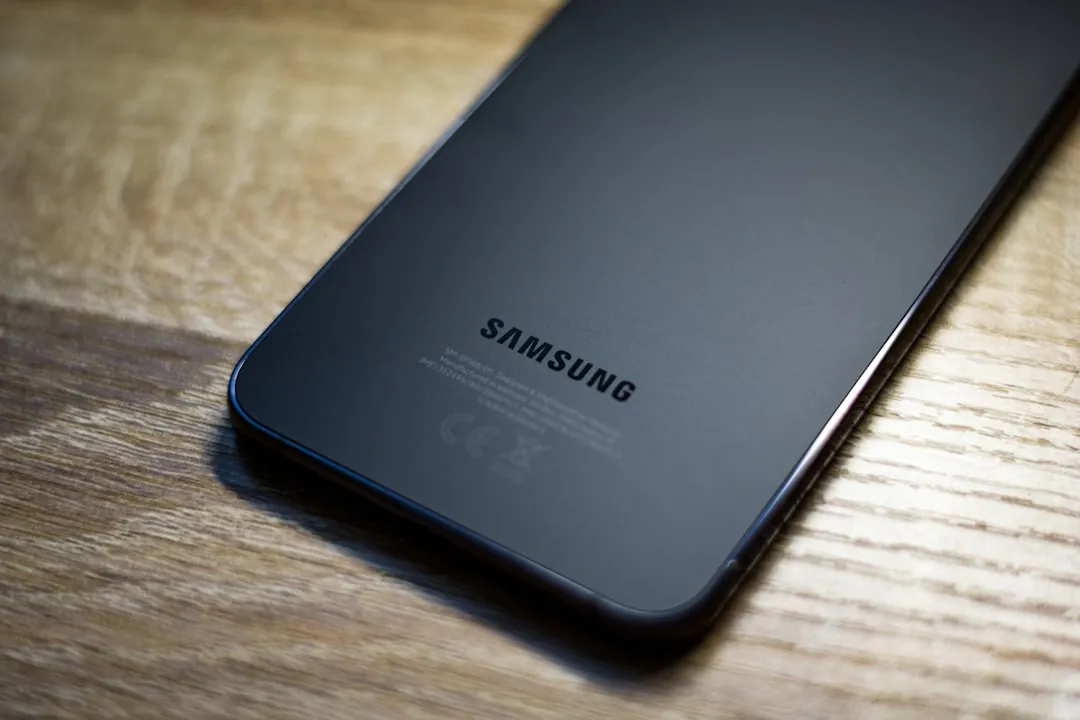
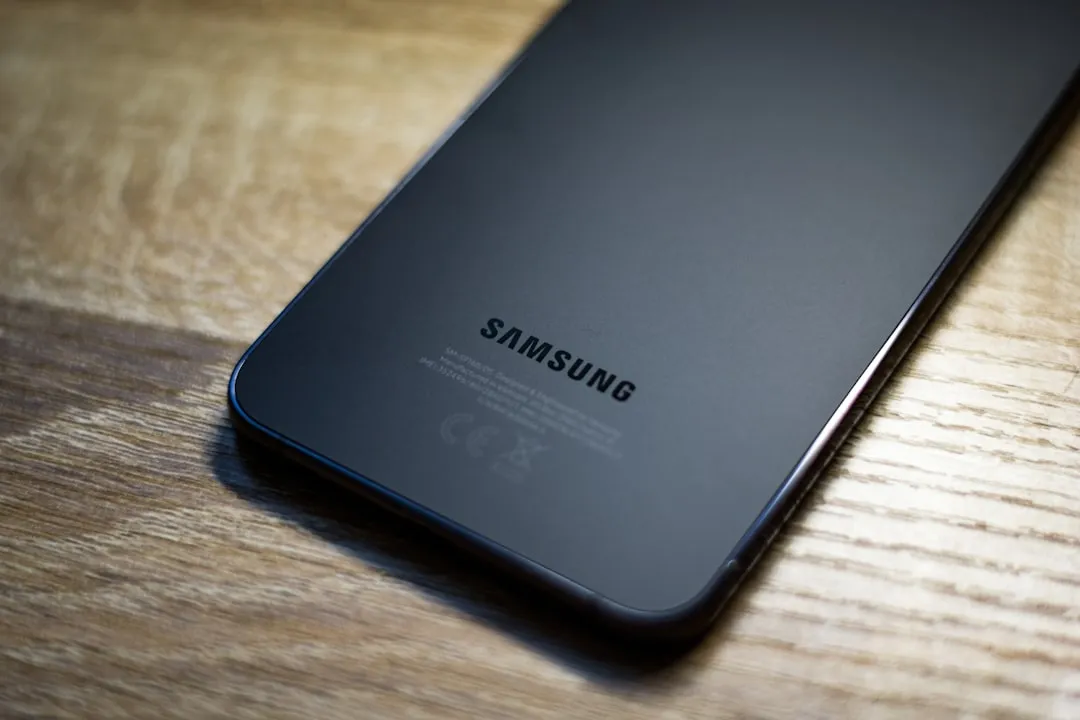




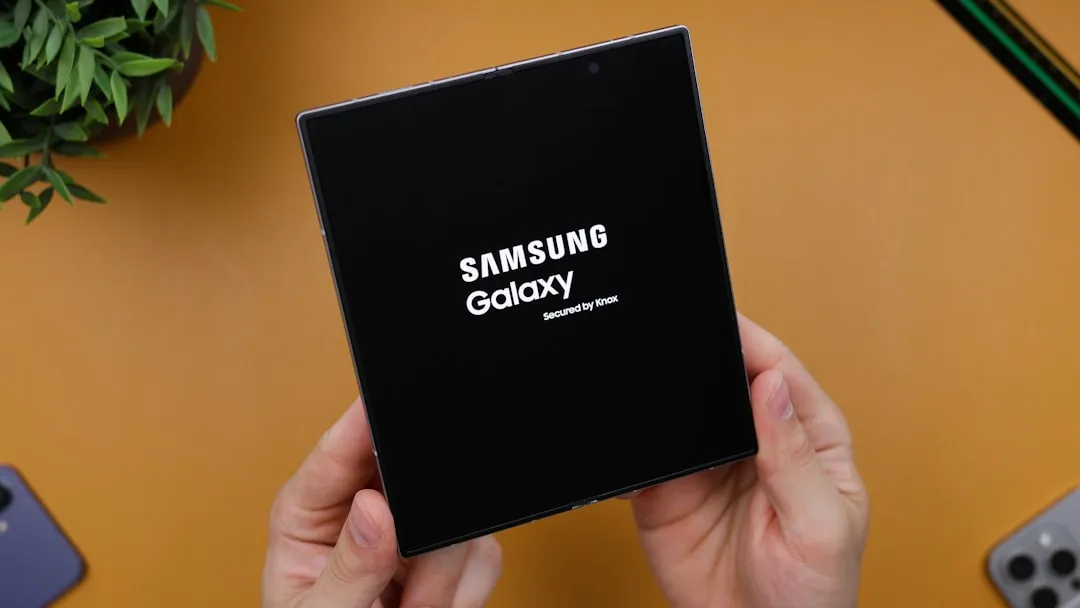

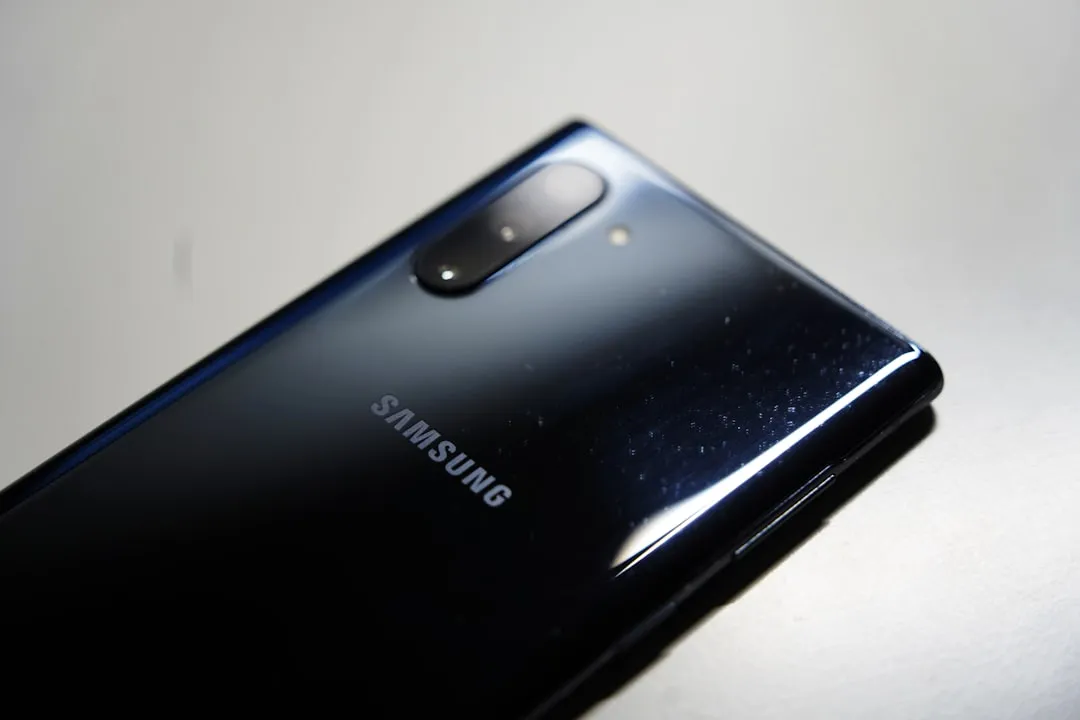
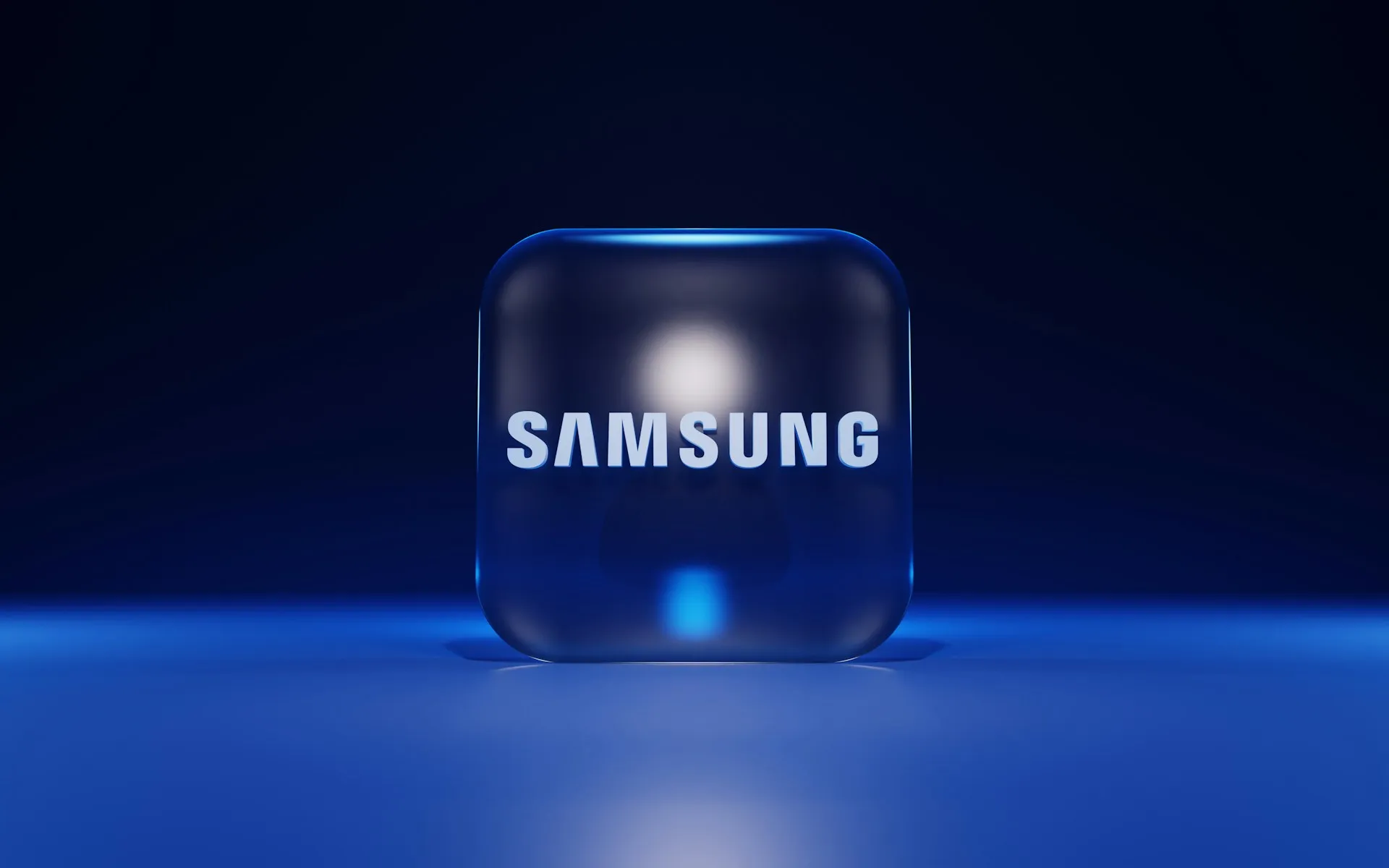
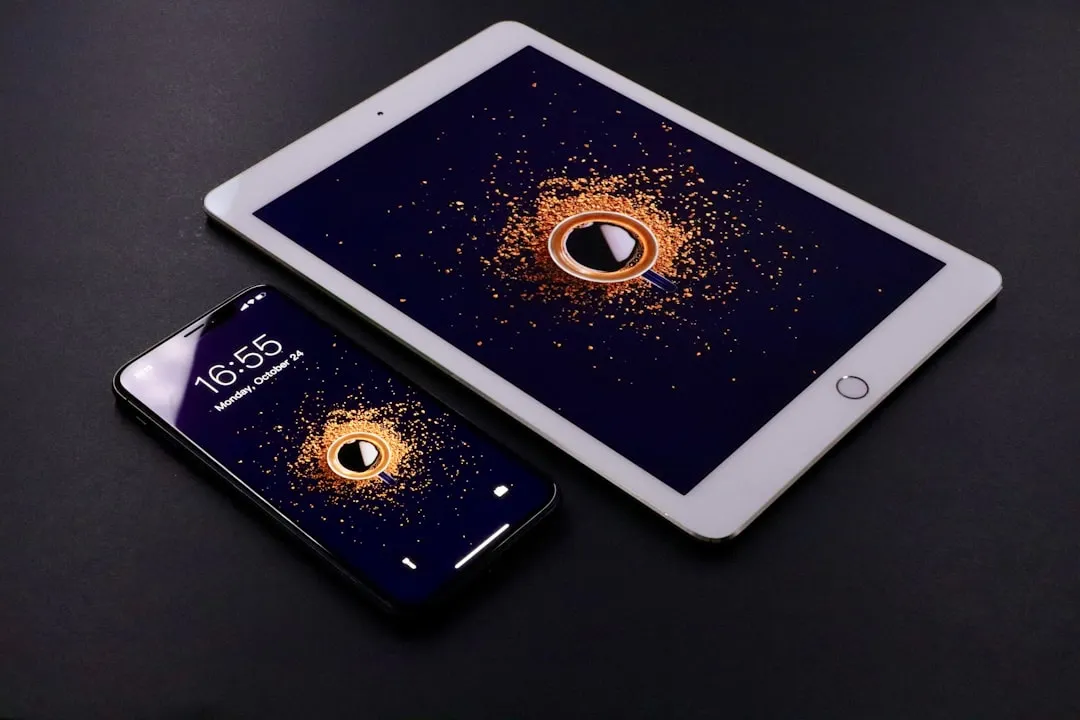
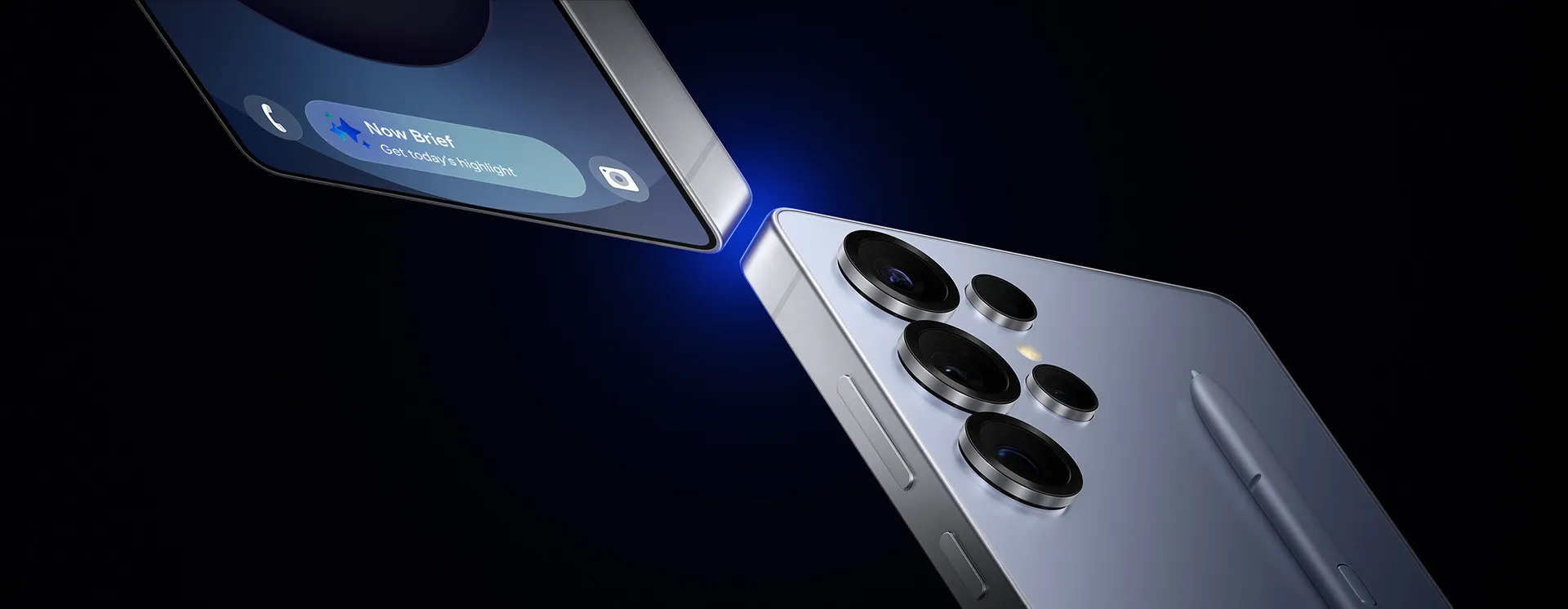

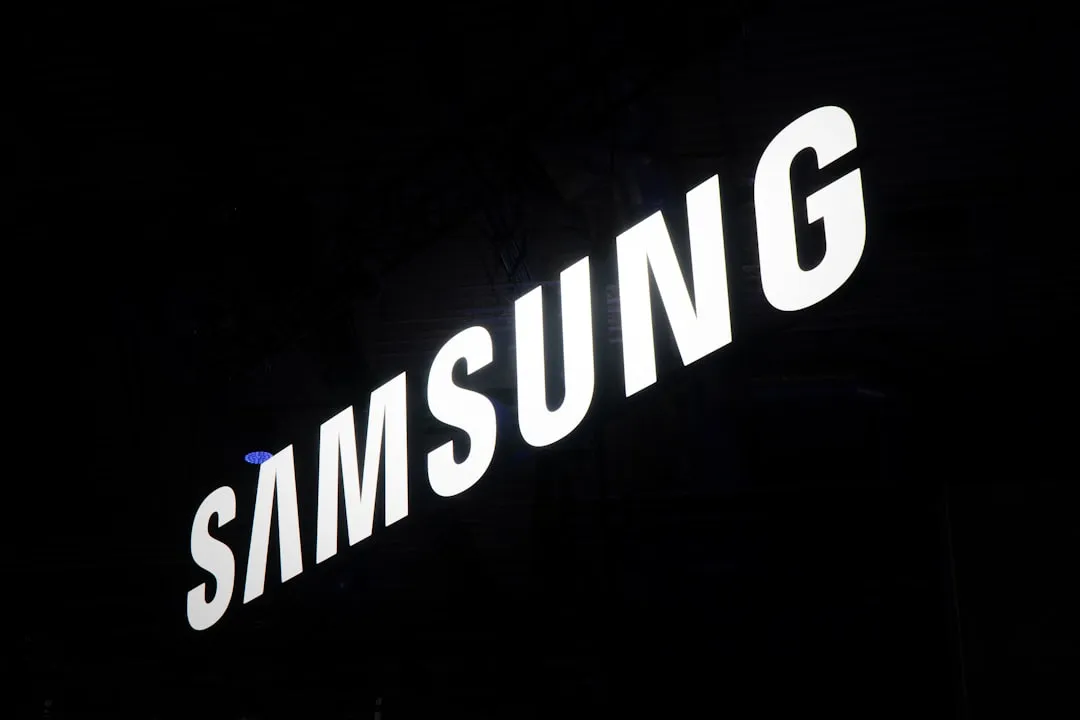

Comments
Be the first, drop a comment!